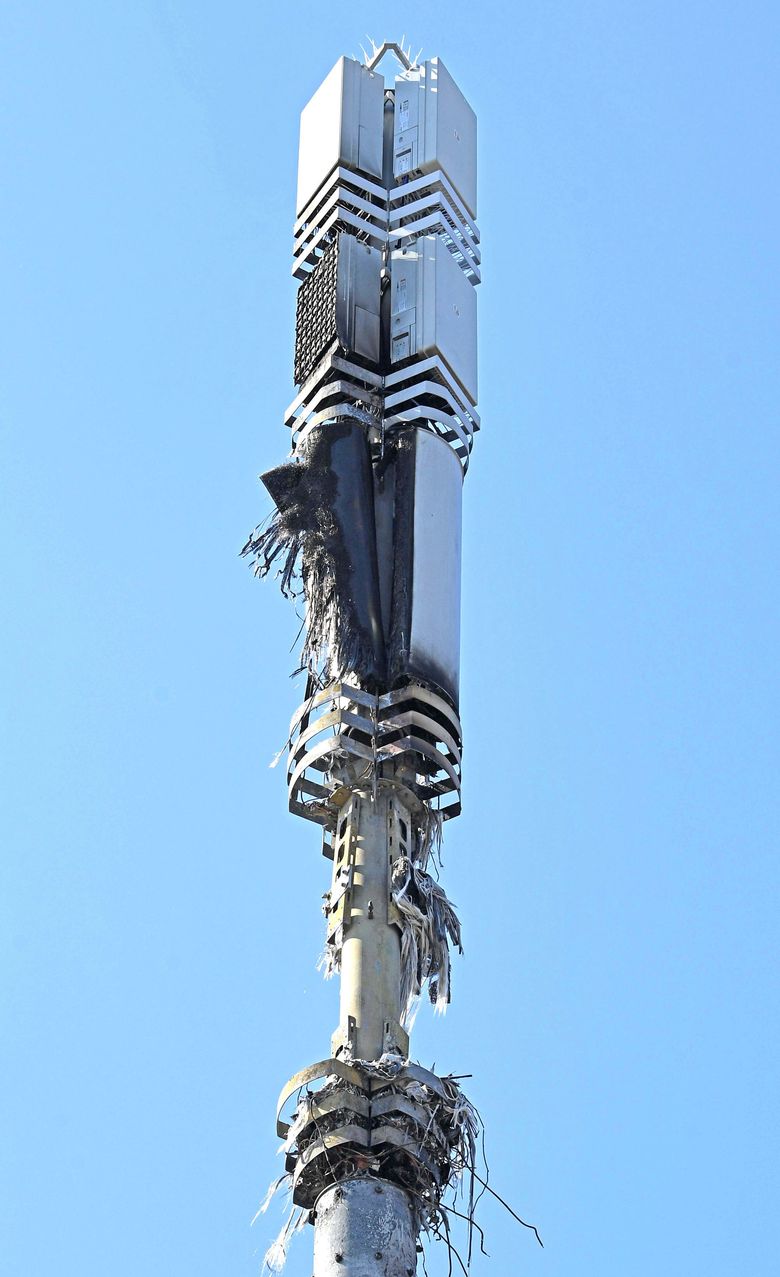If you've ever wandered through a town, you may have seen tiny cell towers for 5G placed on poles for street lighting. They look like little boxes, but they're actually broadcasting wireless signals from cell phone providers to your mobile.
They are replacing the larger specially-designed cell towers. Although they're not as visible however, they could cause problems for people.
It is the Federal Communications Commission's Radiation Exposure Thresholds
The FCC's Radiation Exposure Thresholds define the maximum amount of time an individual can be exposed to electromagnetic radiation from wireless devices. The limits for exposure are based on research which show that the energy of RF can cause harm to health.
what is a safe distance from a 5g cell tower of absorption called the specific absorption rate (SAR) is an indicator of the radiofrequency energy taken up by tissues. It's usually 1.6 Watts per kilogram averaged over one gram of tissue.
But, since 5g operates at higher frequencies, it has the potential to create more energy on the skin as well as other body parts. This could lead to many possible harms, like the development of skin diseases such as dermatitis, skin cancer and cataracts.

Due to the potential for harmful effects of radiation from 5G, PSU has chosen to create a general limits on power density, which is 4mW/cm2 based on the average across 1 centimeter, and not to exceed 30 minutes, for all 5G services at 3000 GHz. This localized limit is consistent with the peak spatial-average SAR of 1.6 W/kg, averaged over one 5 grams of body tissue, at 6 GHz.
The FCC's Maximum Exposure Thresholds for Maximum Exposure
If you've ever used a cell phone, you're probably aware that the safest range from the tower is at least 400 meters away. https://paste1s.com/notes/OLC71K is because the power of transmission from the cell tower is significantly increased the further you are from it.
While it sounds like a good idea however, those living close to towers could be more prone to health issues. For instance, a study conducted in 2014 in India found that residents living within 50 meters of cell towers had significant more health issues than those living further far from antennas.
But, the study found that people who moved to areas further away from the cell towers saw their symptoms improve within a few days. Studies have also demonstrated that exposure to extreme amounts of electromagnetic field radiofrequency (EMFs) could cause brain tumors, cancer as well as other health issues.
This is due to the fact that RF radiation, used in wireless communication, can penetrate the human body's outer layer, which is the skin. It is vital to be aware of this since the skin functions as a protective barrier against injuries caused by mechanical forces, infections by pathogenic microorganisms, and entry of toxic substances. Additionally, it is the most important organ of the human body and is responsible for protecting other organs.
The FCC's Minimum Exposure Thresholds for the Minimum Exposure
The FCC's Minimum Exposure Thresholds rely on several assumptions that are not supported by evidence from science. These include the erroneous assumption that short-term exposures to RF radiation are safe because of the minimal radiation penetration in the human body (i.e. thermal heating of tissue).
The assumption also ignores the more extensive penetration of ELF components of modulated RF signals and the effects on the body of short bursts generated by RF waves that are pulsed. These assumptions do not correspond with current understanding of the biological consequences of RF radiation. Therefore they should not be relied upon for health-protection exposure standards.
In addition there is the fact that both ICNIRP and FCC restrict their exposure limits to local peak SARs based on the peak spatial specific absorption rate (psSAR) that is an inadequate dosimetric tool to assess the amount of radiation exposure. Particularly the psSAR tool is not accurate for frequencies above 6 GHz. Additionally, psSAR hasn't been tested for RF radiation exposed to other agents of the environment such like sunlight. Interactions of RF radiation and other agents in the environment could result in antagonistic or synergistic impacts. This can lead to an increased risk of negative health adverse effects. For safe distance to live from cell phone tower , exposure to RF radiation with sunlight may increase the risk of skin cancer and exacerbate other skin diseases such as acne.
